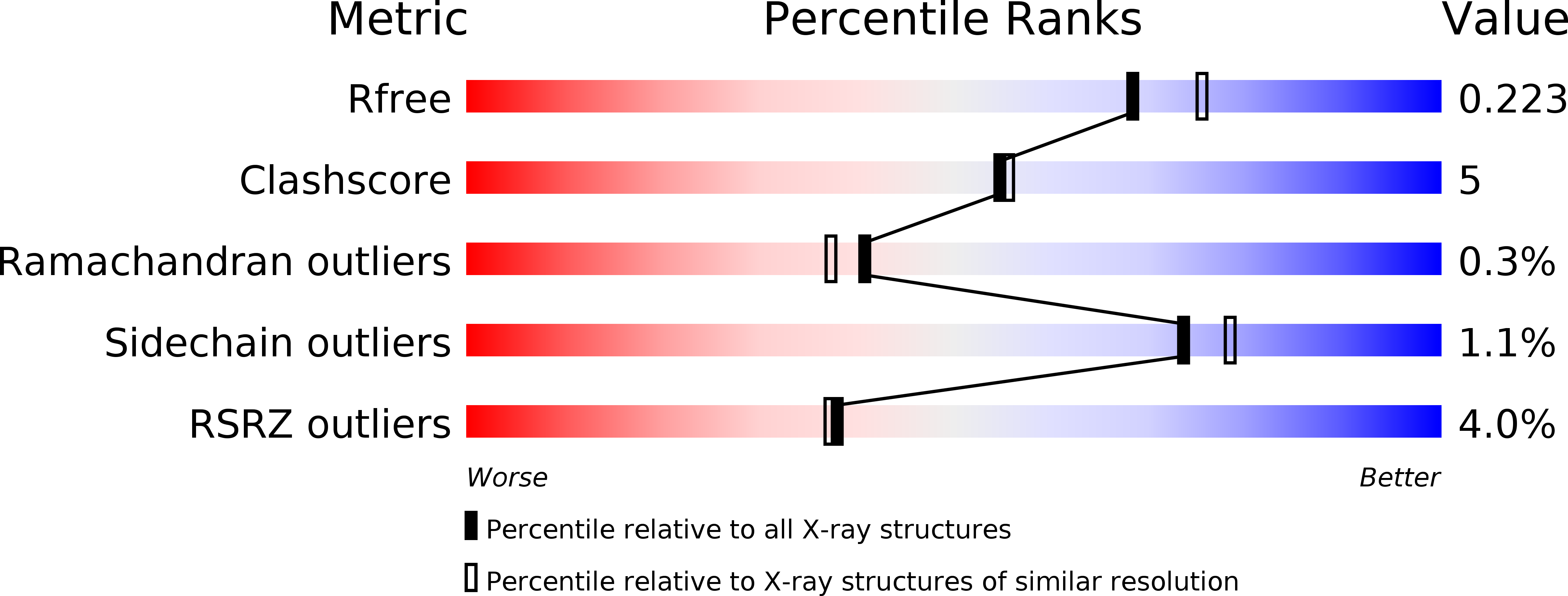
Deposition Date
2010-05-19
Release Date
2010-07-21
Last Version Date
2024-02-21
Entry Detail
PDB ID:
3N2T
Keywords:
Title:
Structure of the glycerol dehydrogenase AKR11B4 from Gluconobacter oxydans
Biological Source:
Source Organism:
Gluconobacter oxydans (Taxon ID: 442)
Host Organism:
Method Details:
Experimental Method:
Resolution:
2.00 Å
R-Value Free:
0.23
R-Value Work:
0.18
R-Value Observed:
0.19
Space Group:
P 1 21 1


